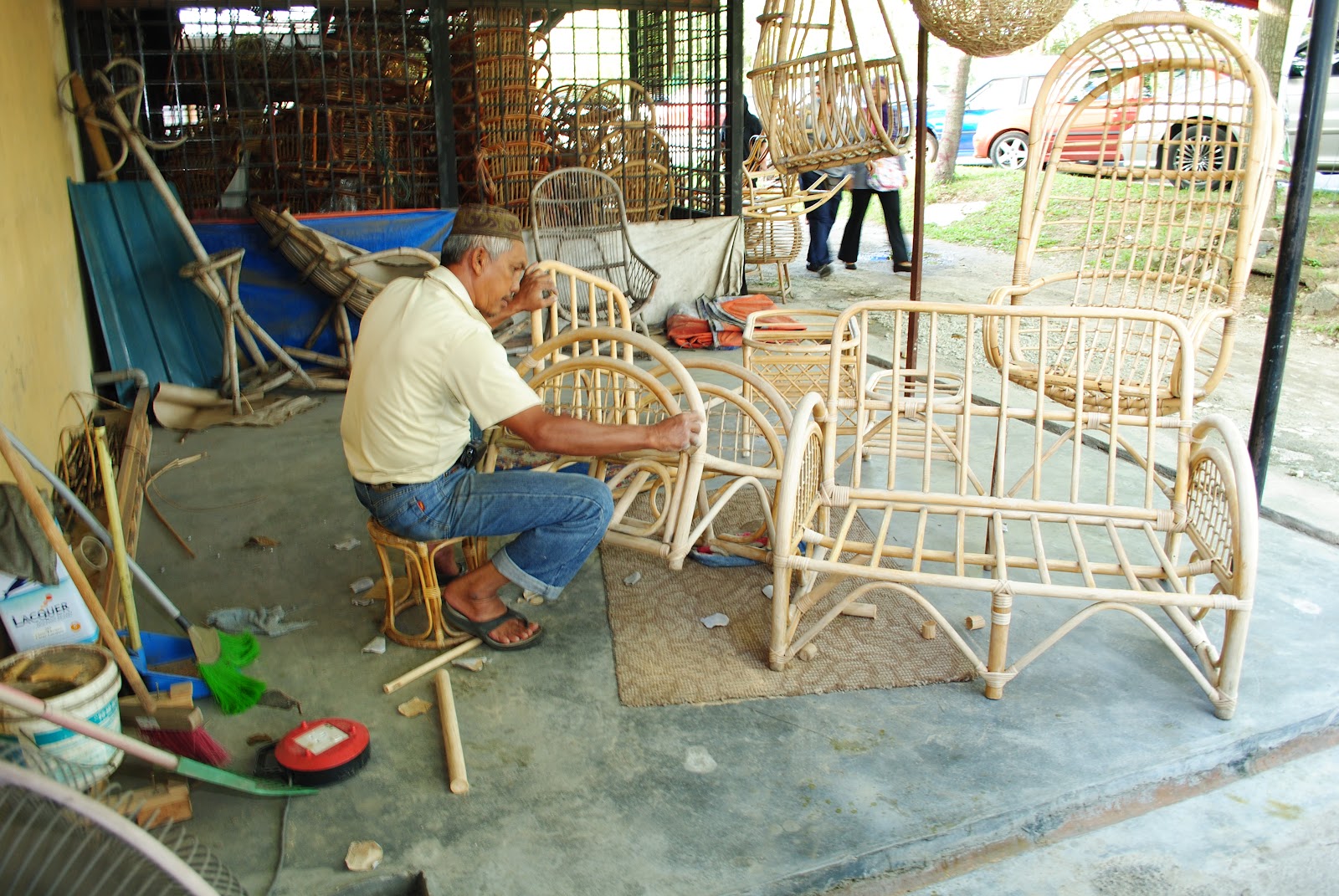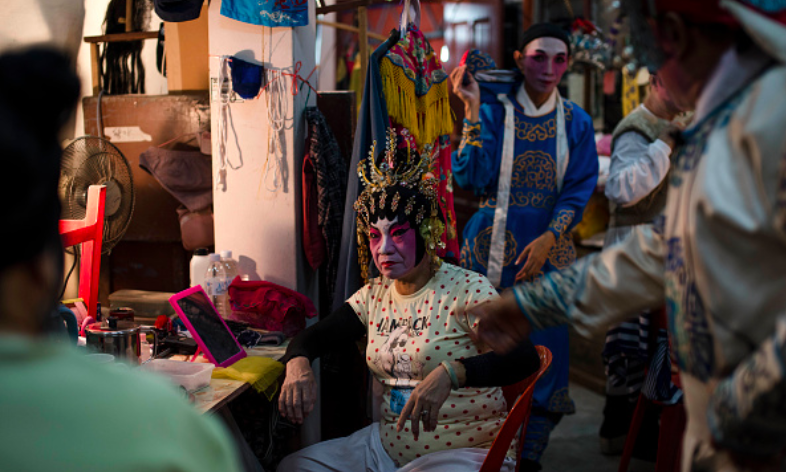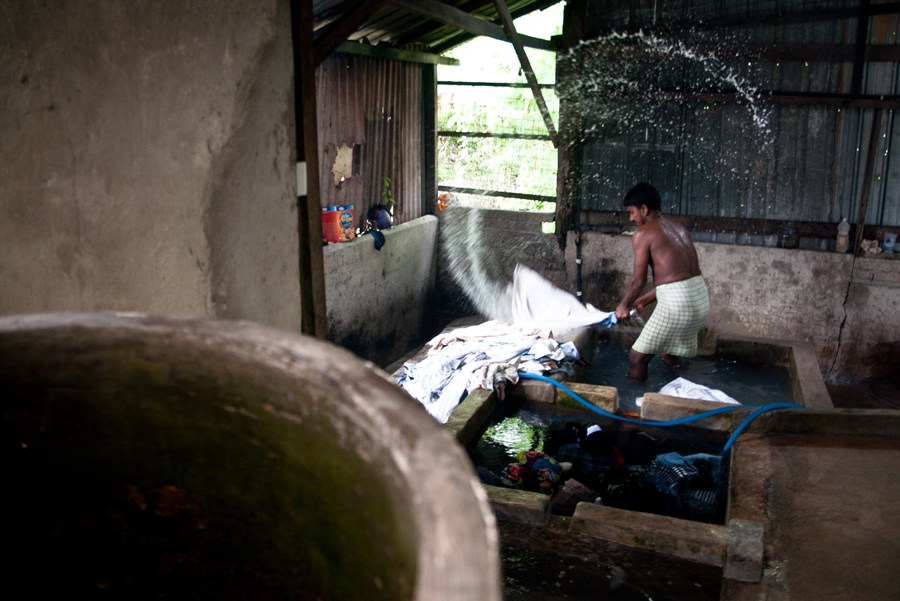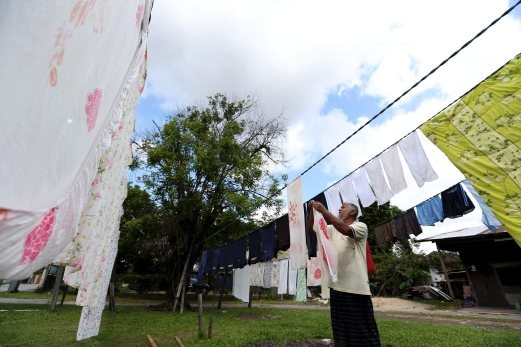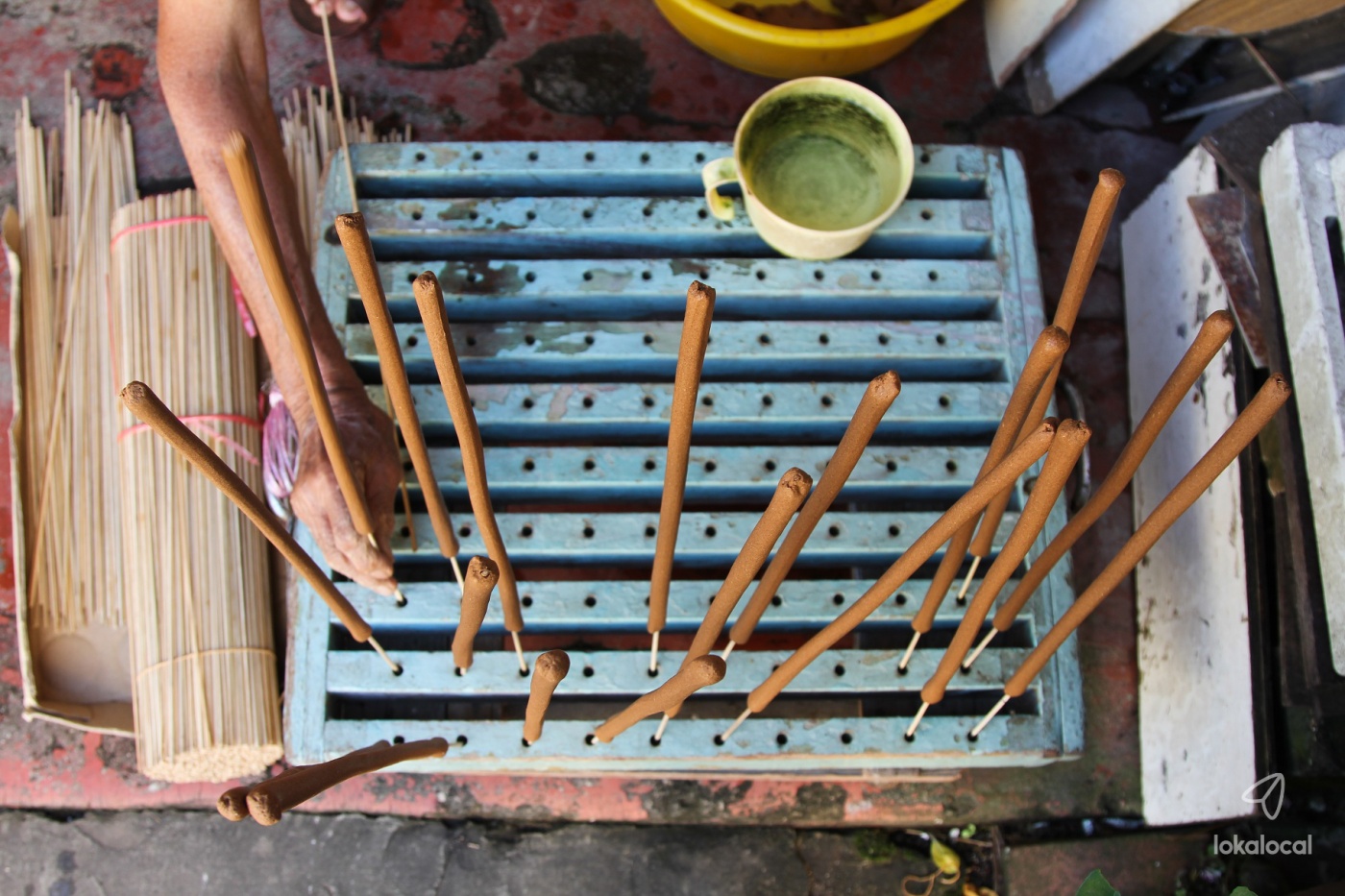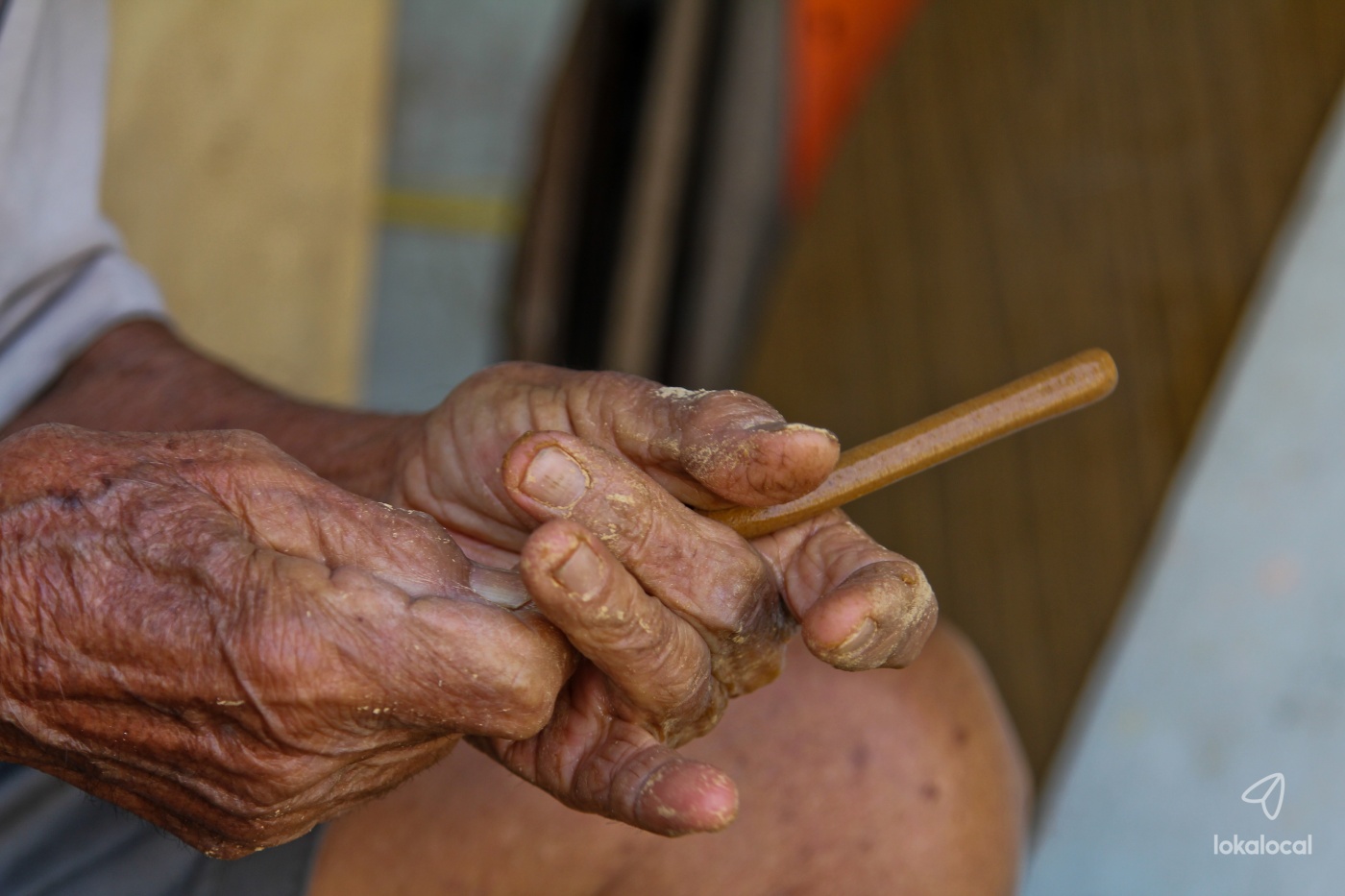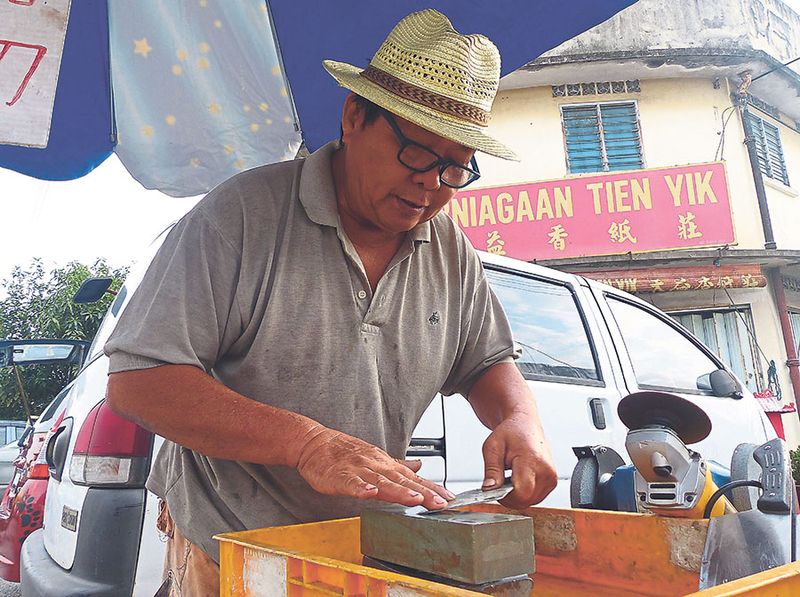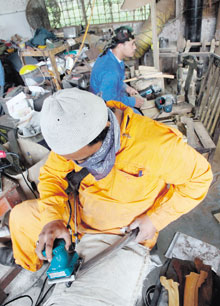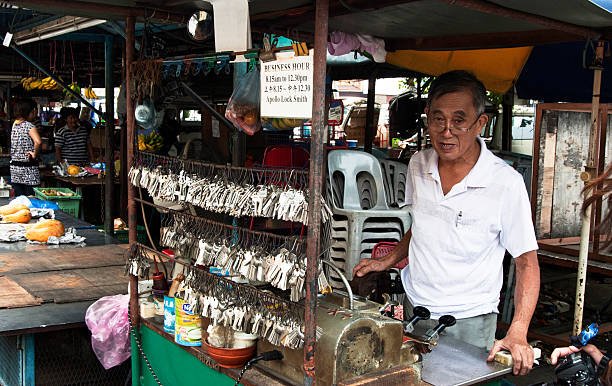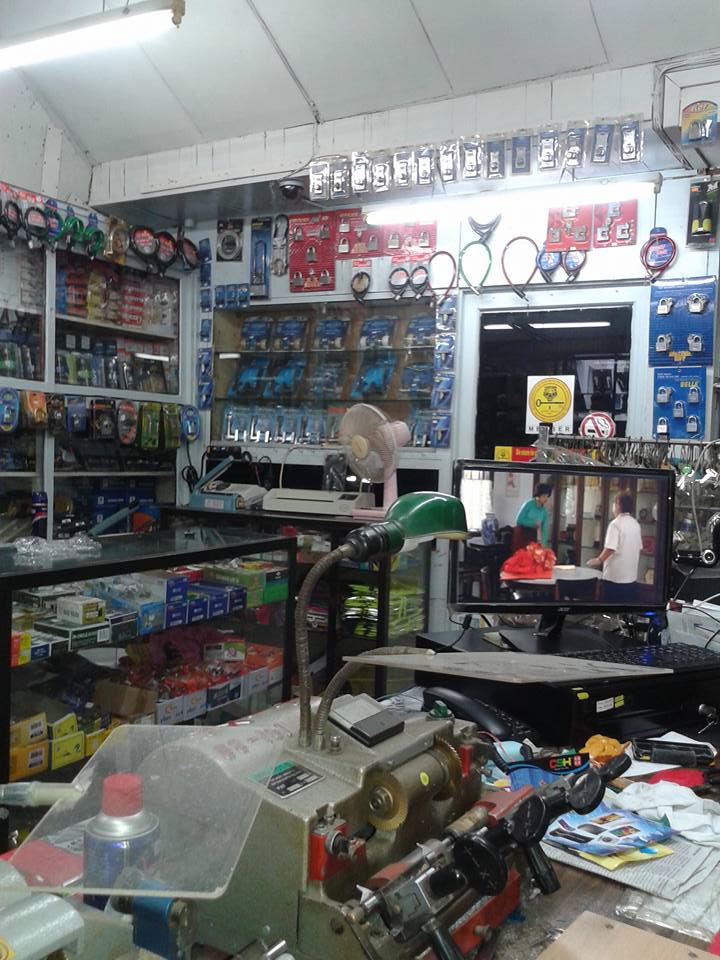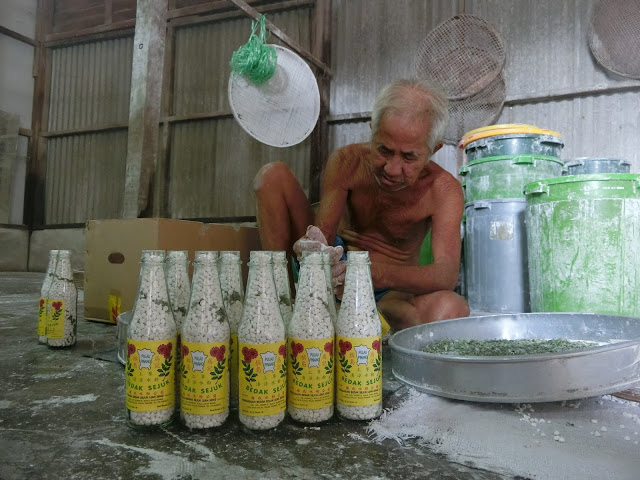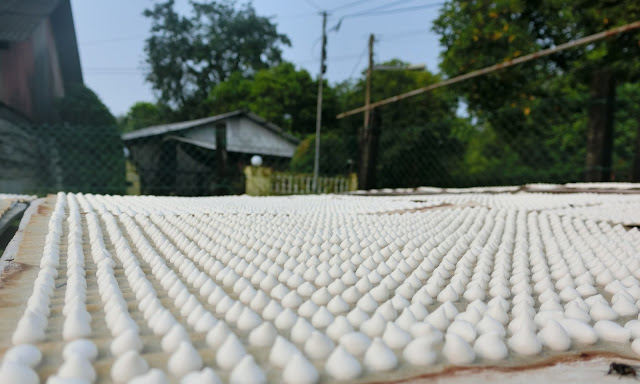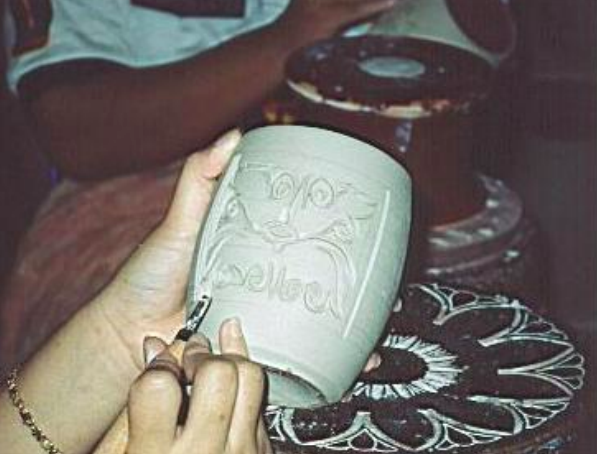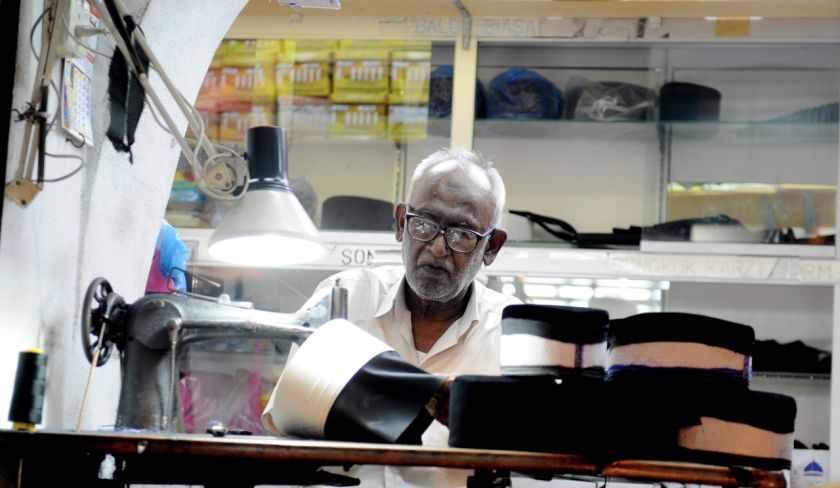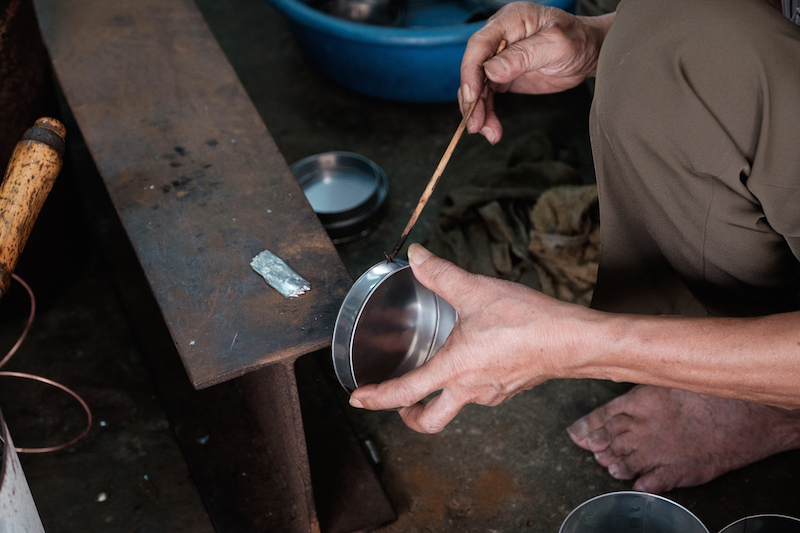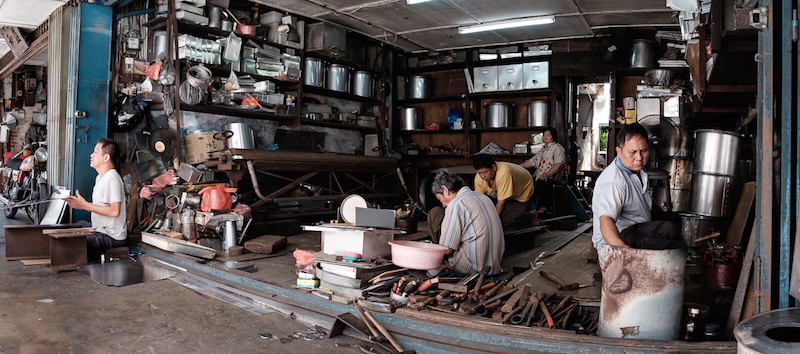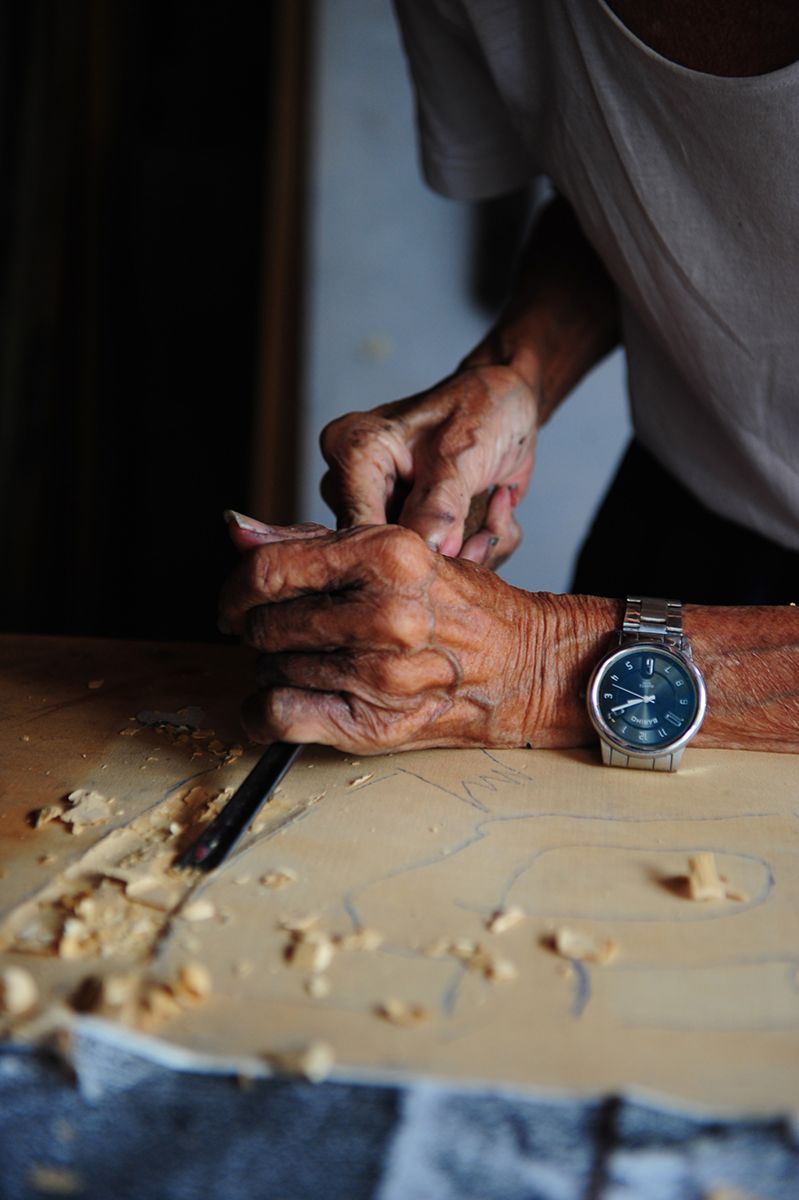12 Dying Trades And Arts In Malaysia That May Disappear Forever
Many skilled craftsmen in these trades are ageing but they do not have a successor. :(
1. Cane furniture making
It used to be easy to find products made of cane in Malaysia as every town had at least one or two shops selling them. However, it's becoming increasingly difficult to find people who specialise in making cane or rotan (rattan) products such as chairs and baskets nowadays.
Like any traditional art, it takes more than just skills (such as weaving, designing and tying) to make handwoven crafts. Cane making demands passion and patience from the craftsmen.
One of the last cane makers left in Batu Pahat, Tay Yak Seng, told New Straits Times (NST) that he discouraged his children from following his footsteps and venturing into this trade.
"The money you get isn’t much and it comes slowly. There are also no rest days. You need to have a lot of passion to do this, something that I don’t feel many youngsters have in them these days. So, no point la," he was quoted as saying.
2. Chinese opera
Chinese opera is an ancient visual and audio spectacle. The audience get to enjoy a spectacular theatrical art form where performers sing, act, and dance in colourful costumes with their faces covered in heavy make-up.
Chances are you won't be able to catch such performances nowadays unless there is a special occasion and you could hardly find such art form in the big cities.
The number of professional Chinese opera troupes is shrinking as former performers have called it quits while it's difficult to recruit new blood who are interested. Demands for Chinese opera performances has also dwindled as this dramatic art form continues to be on the decline.
The waning of the art form has been attributed to the fact that people enjoy and prefer modern-day entertainment such as television shows.
3. Traditional dhobi
Almost all, if not most, modern laundry stores use washing machines today because it said to be cleaner, fresher, and faster.
There are very few laundromats left in Malaysia that still practice the traditional Indian dhobi method for washing clothing and household cloth items. Kedai Dobi Ampangan in Seremban and Dhobi Ghat in Penang are two of the most popular laundromats that still manually soak and scrub the clothes by hand. The clothes are then hung to dry under the sun as they do not rely on dryers to do the job.
It's more time consuming and laborious, but the traditional method of washing clothes by hand is considered to be more hygienic by these service providers.
Not only are laundry hand-washed here, clothing are also pressed using charcoal iron, which is the traditional method of ironing.
4. Joss stick making
For centuries, many devotees across East Asia and Southeast Asia have been burning joss sticks in shrines and temples for praying or meditating purposes. The ancient tradition stood the test of time, but that's not the case for joss sticks that are now mostly mass-produced in factories using machines.
Today, it can prove to be a challenge to find incense with aromatic smell that burns longer, and is less threatening to health.
One of the last traditional joss stick makers in the country, and perhaps one of the most well-known person who is still in the trade, is Lee Beng Chuan. Lee's handmade joss sticks saw him getting featured in various publications, including a Discovery Channel documentary.
The 89-year-old is a self-taught joss stick maker who has been in the trade since he was in his 20s. He has continued to stay in the trade despite his age to fulfil his late wife's last words. She urged him to continue making good joss sticks and give it to people, so that they "can use it for blessings, to give them good, happy and long lives."
5. Knife grinding
Most of us would probably just think of throwing an old, blunt knife away and buying a new one but did you know that there are actually people out there who rely on sharpening such tools to make a living?
There are not many professionals in this trade left, let alone knife grinders who use the traditional way to transform a blunt tool into a sharpened one. A knife grinder in Ipoh once told Malay Mail Online that the time required to sharpen a knife could be much less - up to 30 minutes faster - if it is done using an electric-powered grinding wheel.
These days, people can mostly sharpen their own tools even with little skills, thanks to modern machinery. However, old craftsmen opine that traditional methods actually makes the sharpening finer and more precise.
6. Locksmithing
Many locksmiths in the past did not have the luxury of operating from a shop so they used to run their business from push carts. Today, those who are still in the trade, remain mobile, often operating out of vans or trucks.
Professional locksmiths do not just learn the art of lock picking and duplicating keys, but they also have to follow and pursue the latest technology advancements and trends so that they can keep up with the market demands, especially when it comes to modern cars and home remote controls.
These days, some young people who are interested in lock picking even take the time to learn it online as a hobby. However, professionals opined that this group of people could pose danger to public order if their knowledge and skills are abused.
7. Making bedak sejuk (cooling powder)
Bedak sejuk, or cooling powder, is a type of traditional cosmetic product made from broken rice that is believed to make the skin smooth and fair.
To keep up with rising demands, most businesses resort to using machines and very few stick to the traditional method of making the beduk sejuk - using bare hands to wash the rice and dry the powder beads under the sun - all of which are more tedious and requires a lot of patience.
Fortunately, one of the most famous producers of bedak sejuk in Penang, 'Lean Seng Bedak Sejuk', still makes the products the traditional way. Founded by the late Yeoh Keng Beng in the 1970s, the business was handed over to his children in recent years. They learned the art of the trade from Keng Beng and his mother, and they are currently doing their best to preserve their father's legacy.
"In these modern times, more and more people are looking for homemade, handmade, and traditional items. They find novelty in things made traditionally because these things are now a rarity," one of Keng Beng's sons, Seong Chin, told The Star.
8. Pottery
Master potters are quickly disappearing, particularly those who specialise in Iban pottery — which is tragic, given the fact that Iban pottery is believed to date back to the stone age, as many pots were recovered in Gua Niah in Sarawak.
It takes years of practice and repetition for potters to hone and perfect their craft and each product is different from the other and has its individual variations. The intricate handwork produced can usually last from one generation to another but sadly, there is little appreciation for these unique traditional handcrafts as people these days opt for cheaper factory-made or mass produced ones.
Over the years, the Malaysian Handicraft Development Corporation (Kraftangan Malaysia) has made a few initiatives to promote the art to ensure that the skills of traditional pottery do not die a natural death.
Their efforts include recognising Iban pottery craftsman Andah Anak Lembang as 'Malaysia's Master Craftsman' and naming Kampung Kepala Bendang in Sayong, Perak, as the destination for 'Kraf Kampungku' (craft village) for its production of gourd-shaped jars locally known as labu sayong.
9. Songkok making
Songkok is an important headgear worn during religious and festive occasions, and also at official functions in Malaysia.
There are still popular songkok makers out there - such as Sardi Dahar in Alor Setar, who gained reputation for making songkoks for Tun Dr. Mahathir and other famous politicians. However, in places like Johor, there are not many songkok makers left, especially those who can make the special Songkok Tinggi that is unique to Johoreans.
In fact, there's only one songkok maker left in Penang. Haja Mohideen OSM Mohd Shariff, a second-generation songkok maker who learned the craft from his late father.
The 69-year-old used to take customised orders but as he is now competing against factory-made songkok sold at supermarkets and malls, he has chosen to produce ready-made songkok since the demand is high.
The songkok-making business is usually the best during Ramadan, leading up to Hari Raya celebrations. Haja Mohideen could sell up to 700 songkoks during the Ramadan month.
10. Tinsmithing
At one point, the usage of items made out of tin or metal sheets were common in Malaysia. Gone are those days now, as the surviving tinsmiths in the country are struggling to keep their businesses going.
Unfortunately, tinsmiths are the ones losing out against stiff competition from manufacturers who can mass-produce most items using cheaper materials such as plastic. Although there are more durable and cheaper materials out there, thankfully customers still come to tinsmiths for popular items such as metal boiling tanks and metal buckets.
It would be difficult to find these craftmasters nowadays, but those who are interested may visit Carpenter Street in Kuching, Sarawak, as it is one of the most popular places where these gems can be found in the country.
11. Trishaw riding
The days before motorcycles and cars became the main mode of transportation, people were dependent on trishaws, locally known as beca, to go from one place to another.
Unfortunately, the future for the trishaw business is bleak, even when there are talks to revive the dying trade by enticing the younger generation to carry on with the profession. The Kelantan state government has vowed to help trishaw riders on several occasions, even making a proposal to introduce motorised trishaws in 2015.
The youngest trishaw riders in Kelantan are already in their 50s and the age of riders go up to at least 80 years old. There are less than 50 trishaw riders in Terengganu today, and nearly all are above the age of 60. Meanwhile, even in Penang, there are not that many trishaw peddlers left, with only around 150 in the state.
These are ageing senior citizens, whose welfare is uncertain, now that they could no longer rely on the trade to make ends meet. Despite that, most of them are willing to continue doing it, bracing through the unpredictable weather conditions.
As YB Mejar (B) Dato' Haji Mohd Anizam Abdul Rahman, Chairman of Culture, Tourism and Heritage Kelantan said, "If nothing is done, the profession will die and be a thing of the past."
12. Wooden signboard making
Every business needs a signage - from restaurants to law firms - and handmade wooden signboards inscribed with golden calligraphy used to be the kind of gift that people give to others on a special occasions, especially for business opening ceremonies. However, digital signboards are more popular nowadays as wooden signages have gradually been forgotten.
Traditional signboard makers put in a lot of effort to make the engravings by using their bare hands and tools of the trade such as chisels and jigsaws; and the trade requires more than just strength and precision, but also skills in calligraphy and wood painting.
It's possible and easier to leave it to the modern machineries to do the carving job rather than engraving wooden signboards by hand, but these craftsmen still take pride in making personalised, unique signages the traditional way despite the tedious processes.

